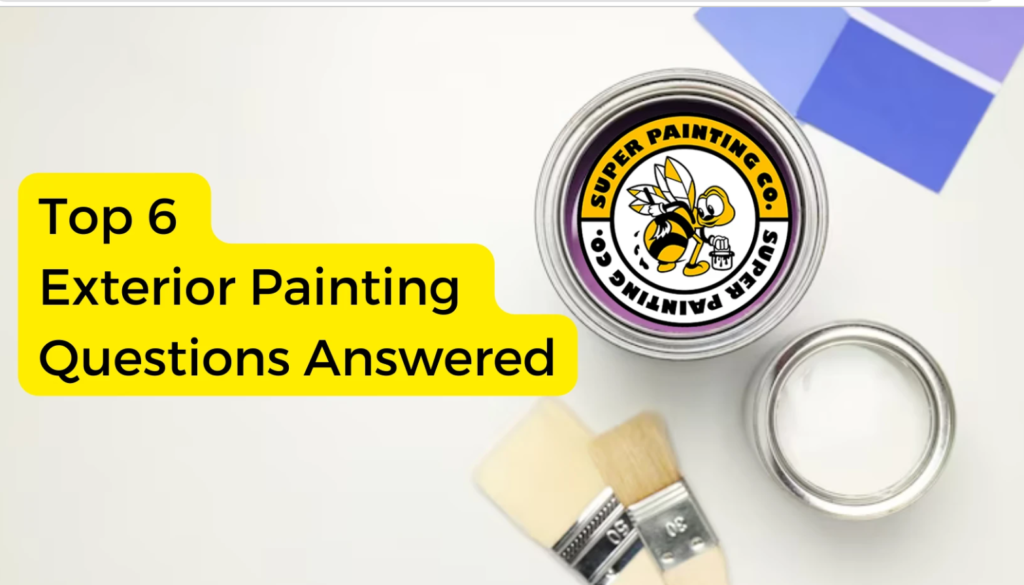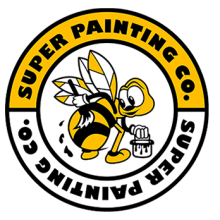When it comes to enhancing the curb appeal and protecting the exterior of your home, a fresh coat of paint can work wonders. However, the process of exterior painting can be complex and daunting, especially if you’re unfamiliar with the intricacies involved. To help you navigate through the process with confidence, we’ve compiled answers to the top 6 exterior painting questions.
Ask the Professionals: 6 Top Exterior Painting Questions Answered
When is the best time to paint the exterior of my home?
Timing is crucial when it comes to exterior painting. The ideal time to paint largely depends on the climate of your region. Generally, the spring and fall seasons are favorable due to milder temperatures and lower humidity. Extreme temperatures, whether too hot or too cold, can affect the paint’s application and drying process. Painting during optimal weather conditions ensures better adhesion and a longer-lasting finish.
How do I choose the right paint color for my home’s exterior?
Selecting the right paint color can be a fun yet challenging task. Consider your home’s architectural style, surroundings, and your personal preferences. It’s helpful to gather paint samples and test them on a small portion of your exterior to see how they appear in different lighting conditions. Don’t forget to take into account the color of your roof, landscaping, and neighboring homes for a cohesive look.
Do I need to prepare the surface before painting?
Proper preparation is essential for a successful exterior painting project. Begin by cleaning the surface thoroughly to remove dirt, debris, and mildew. Any loose or peeling paint should be scraped off, and any cracks or holes should be filled and sanded. A smooth and clean surface ensures that the new paint adheres properly and provides a seamless finish.
Should I use a primer before applying the topcoat?
In most cases, using a primer is recommended, especially if you’re painting over bare wood, repairing significant imperfections, or making a drastic color change. Primer helps to seal the surface, improve adhesion, and enhance the coverage of the topcoat. It also acts as a barrier to prevent any stains or discoloration from bleeding through.
Can I tackle exterior painting as a DIY project?
While DIY exterior painting is possible, it’s important to be realistic about your skills and the scope of the project. Exterior painting can be physically demanding and time-consuming. Additionally, if not done correctly, it can lead to costly repairs in the future. Hiring professional painters ensures expertise, efficient execution, and a high-quality finish.
What type of paint finish should I choose for the exterior?
The choice of paint finish depends on both aesthetics and practicality. Common exterior paint finishes include flat, satin, semi-gloss, and high-gloss. Flat finishes are great for concealing imperfections but may not be as durable as glossier options. Satin and semi-gloss finishes strike a balance between aesthetics and durability, making them suitable for most exteriors. High-gloss finishes are highly durable and easy to clean but may accentuate surface flaws.
Embarking on an exterior painting project involves careful consideration and planning. From timing and color selection to surface preparation and finish choice, each step plays a crucial role in achieving a successful outcome.
While tackling the project yourself can be rewarding, enlisting the expertise of professional painters can ensure a smoother process and a lasting, impressive result. Remember, the key to a stunning and long-lasting exterior paint job is in the details.
Contact the exterior painting experts in Torrance, San Pedro, and Gardena suburbs.





